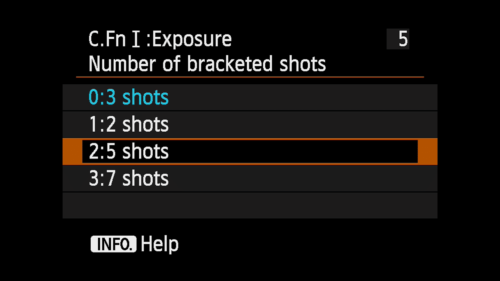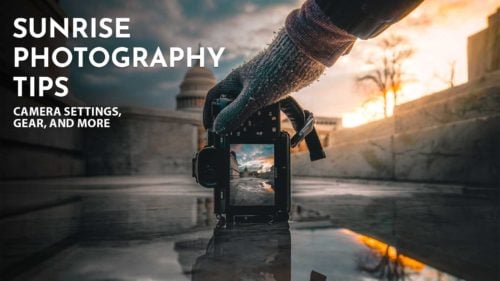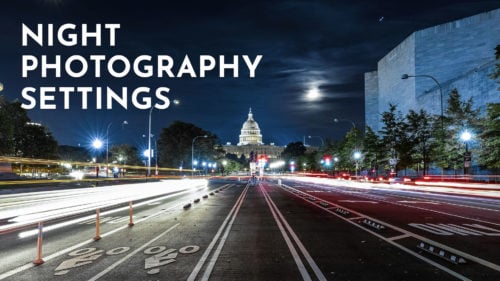ISO in Photography plays a crucial role in capturing stunning and well-exposed images. It’s one of the three pillars of the exposure triangle, along with shutter speed and aperture.
But what exactly does ISO mean, and how can photographers use it to their advantage?
In this post, we’ll go over the basics of ISO, explore its impact on image quality, and provide tips on selecting the right ISO setting for various shooting conditions. By understanding how ISO works, you’ll be better equipped to create eye-catching photos that showcase your artistic vision.
Table of contents
Understanding ISO in Photography
Definition and Purpose of ISO
In photography, ISO refers to the sensitivity of the camera’s sensor to light. This started with film photography offering film with different sensitivity to light. In early film photography it was called ASA.
These days ISO refers to the light sensitivity of your digital camera’s sensor. Digital cameras can dynamically change their ISO for each shot which is great for multiple lighting situations while shooting. The higher the ISO number, the more sensitive the camera’s sensor is to light.
The purpose of ISO is to help photographers capture well-exposed images in different lighting conditions. In low light situations, a higher ISO (like ISO 1600) is needed to capture enough light to expose the image correctly. In bright conditions, a lower ISO (like ISO 100) is best to avoid overexposure.
Connection Between ISO, Aperture, and Shutter Speed
ISO, aperture, and shutter speed work together to create a well-exposed image. Aperture controls the amount of light that enters the camera by adjusting the size of the opening in the lens. Shutter speed controls the amount of time the sensor is exposed to light. ISO controls the sensitivity of the sensor to light.
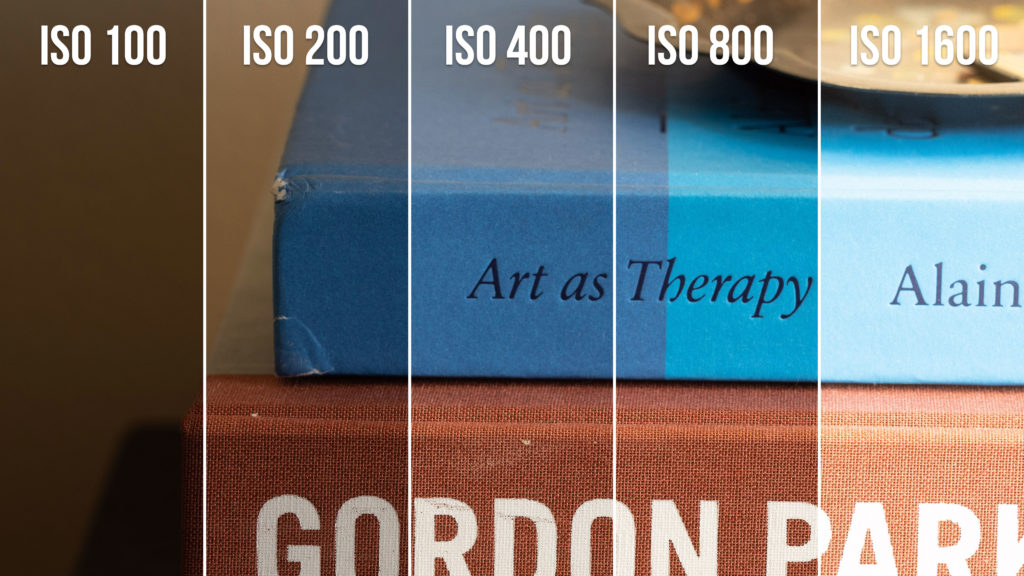
When shooting in low light conditions, a higher ISO is needed to compensate for the lack of light. However, this can result in increased noise or grain in the image. To balance this out, the aperture can be opened wider to allow more light in, and the shutter speed can be slowed down to allow more light to reach the sensor.
In bright conditions, a lower ISO is best to avoid overexposure. This means that the aperture needs to be closed down to reduce the amount of light entering the camera, and the shutter speed needs to be increased to reduce the amount of time the sensor is exposed to light.
Of course in digital photography most of these functions happen automatically if you’d like depending on your camera mode. The modes on most cameras are similar including mirrorless and DSLRs.
Here are common digital camera modes and what they do:
- Full Auto: In full auto the camera will work out the ISO/aperture/shutter speed for each shot automatically.
- Program (P): Similar to auto program mode will automatically control your shutter speed and aperture. One addition though is that you can modify either the aperture or shutter speed making it a mix of auto and manual.
- Aperture (A) or (Av): In aperture priority mode you can select a shutter speed while the camera adjusts the aperture for proper exposure.
- Shutter Priority (S) or (Tv): In shutter priority mode you’ll set the aperture while the camera determines the appropriate shutter speed for correct exposure.
- Manual (M): In manual mode you’ll have to control both aperture and shutter speed to achieve desired exposure manually.
Most camera modes listed above allow you to use auto ISO or set a manual ISO.
In conclusion, understanding ISO in photography is crucial to capturing well-exposed images in different lighting conditions. By adjusting the ISO, aperture, and shutter speed, photographers can create stunning images in any situation.
Common ISO Values
ISO plays a crucial role in photography by determining the sensitivity of your camera’s sensor to light. Understanding the different ISO values can help you achieve the desired results.
Generally, ISO values range from 100 to 6400, and some cameras can even go higher than that. As your ISO increases your camera will be more sensitive to light, allowing you to capture darker subjects but increasing noise on the resulting image.
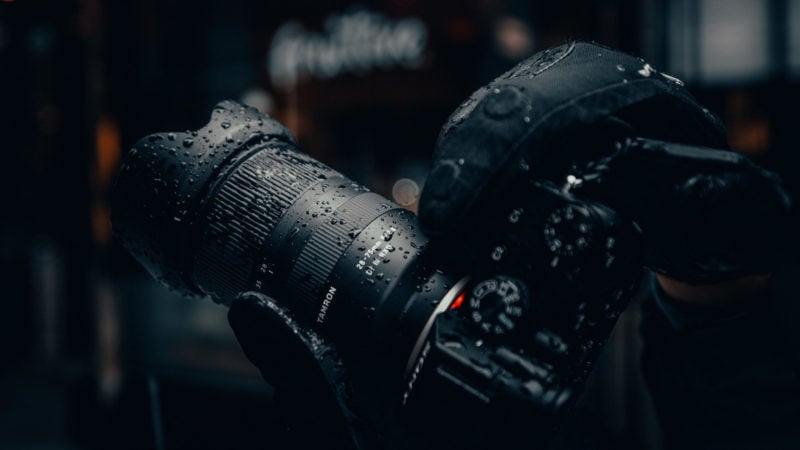
Here are common ISO values and their best use cases:
Low ISO (100-200)
A low ISO of ISO 100 or ISO 200 is ideal for capturing bright and well-lit scenes, such as on sunny days or in well-lit rooms. They produce images with minimal noise and a high level of detail.
The trade-off is that using low ISO values could result in longer shutter speeds or wider apertures, which may affect the overall sharpness of your image.
If you’re using a tripod you’ll also likely want to use a low ISO to capture a noise free image depending on your subject. It’s common to use a low ISO for night photography.
Typically ISO 100 is considered the “base ISO” of many cameras meaning it’s the best for quality and the lowest point for noise.
Medium ISO (400-800)
Medium ISO values are perfect for situations where the lighting is not too bright but not too dark. They produce images with a balance of detail and noise, making them ideal for general photography. However, it is essential to keep in mind that as you increase the ISO value, the noise in your images will also increase. Most modern digital cameras do a great job with noise when shooting under ISO 800.
High ISO (1600 and above)
High ISO values are best suited for low-light situations, such as handheld night photography or indoor shots. The higher sensitivity of the camera sensor to light allows you to capture images even in the darkest environments. However, the downside of using high ISO values is that they tend to produce images with more noise, which may affect the overall quality of the image.
It is essential to remember that the optimal ISO value for your photography will depend on various factors such as lighting conditions, the effect you want to achieve, and the camera you’re using. Experimenting with different ISO values can help you determine the ideal setting for your shooting conditions.
How to Choose the Right ISO Setting
Assessing Lighting Conditions
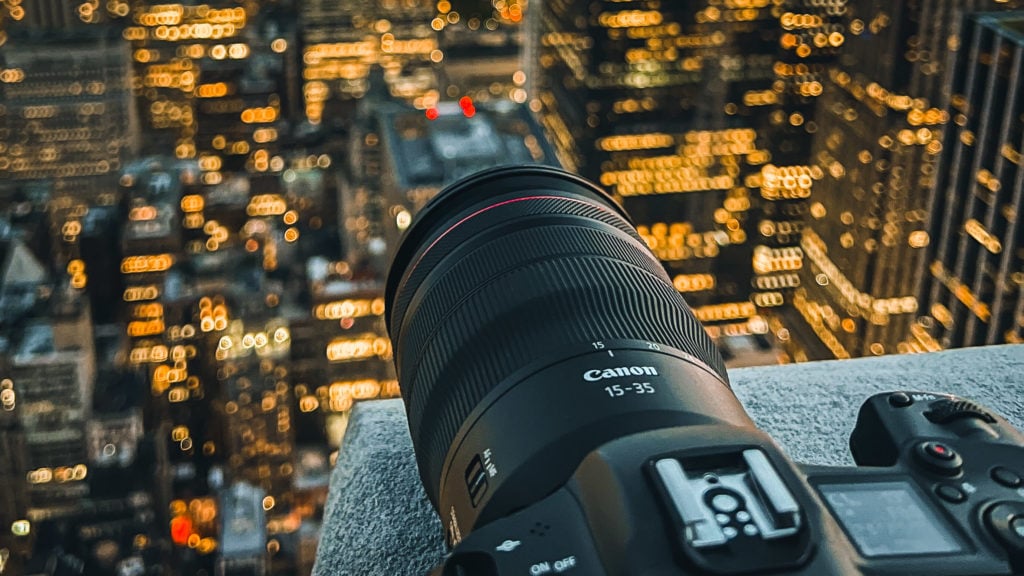
When selecting the appropriate ISO setting for a photograph, it’s essential to assess the lighting conditions first. If you’re shooting in a low-light environment, you’ll need to bump up the ISO to capture more light. On the other hand, if you’re shooting in bright daylight, you can lower the ISO for a cleaner image.
Balancing Grain and Detail

One of the most significant factors to consider when selecting an ISO setting is the balance between grain and detail in your image. The higher the ISO, the more noise or grain your image will have. While a low ISO setting will result in a cleaner image, it may not capture enough detail in your subject. To balance these factors, you’ll need to experiment with different ISO settings to find the perfect balance between grain and detail for your specific image.
Prioritizing Shutter Speed or Aperture
When selecting the ISO setting, you’ll also need to consider whether you prioritize shutter speed or aperture. If you need a faster shutter speed to capture motion, you’ll need to raise the ISO. On the other hand, if you want a wider aperture for a more shallow depth of field, you can lower the ISO. It’s important to remember that changing the ISO will impact the overall exposure of your image, so you’ll need to adjust your shutter speed or aperture accordingly.
In conclusion, choosing the right ISO setting requires a bit of experimentation and an understanding of the technical factors involved. By assessing lighting conditions, balancing grain and detail, and prioritizing shutter speed or aperture, you can capture stunning images with the perfect ISO setting.
The Impact of ISO on Image Quality
Noise and Grain in High ISO Images
ISO is a crucial setting in photography that determines the sensitivity of your camera’s sensor to light. When you increase the ISO, you make your sensor more sensitive to light, allowing you to capture images in low light conditions. However, increasing the ISO also causes digital noise and grain, which can affect image quality.
Digital noise and grain appear as speckles or dots of different colors in your images. The higher the ISO, the more noticeable these artifacts become. The noise and grain can be distracting and reduce the sharpness and details of your photos. Therefore, it’s essential to find the right balance between ISO and image quality.
Dynamic Range and Color Accuracy
Another impact of ISO on image quality is dynamic range and color accuracy. Dynamic range refers to the range of tones from the darkest to the brightest areas in your photos. Low ISO settings can capture a wider range of tones, resulting in higher dynamic range and better color accuracy.
When you increase the ISO, you compress the dynamic range, making it harder to capture details in the highlights and shadows. Additionally, high ISO settings can affect color accuracy by introducing color shifts and noise that alter the hues and saturation of your images.
Therefore, it’s essential to choose the right ISO setting for your shooting situation to balance image quality, noise, and dynamic range. You can use lower ISO settings for well-lit scenes and higher ISO settings for low light conditions, but be aware of the trade-offs.
In conclusion, ISO is a critical setting in photography that affects image quality, noise, and dynamic range. By understanding the impact of ISO on your photos, you can make informed decisions on the best ISO settings for your shooting situation.
Tips for Managing ISO in Various Scenarios
ISO is a crucial aspect of photography that can make or break your images. It is important to understand how to manage ISO in different scenarios to achieve the desired results. Here are some tips to help you manage ISO in outdoor, indoor, low light, and night photography:
Outdoor Photography
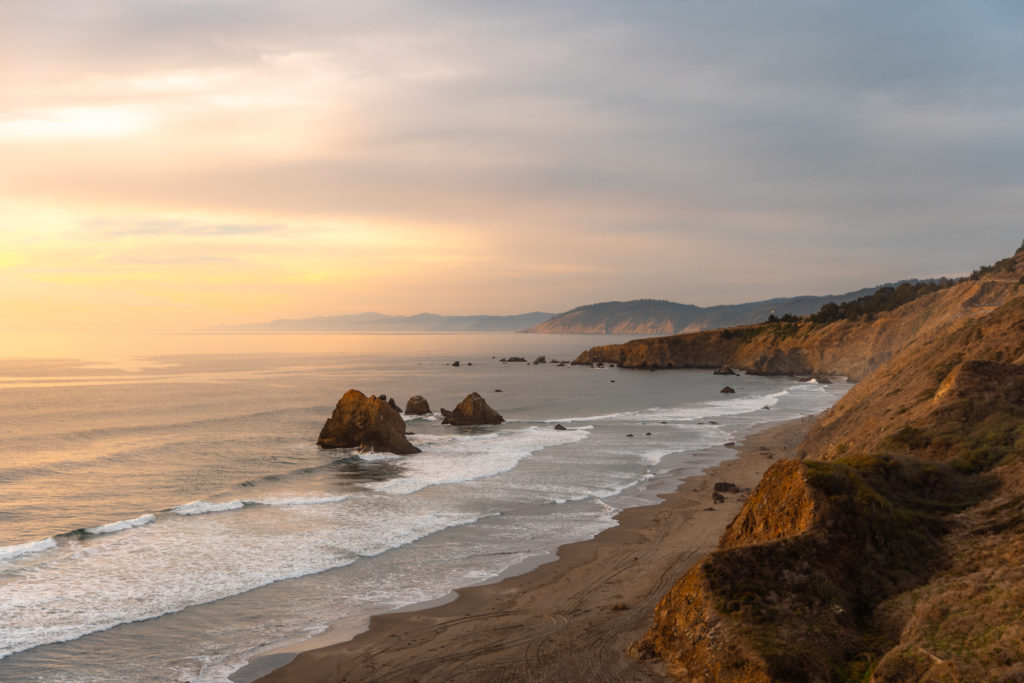
When shooting outdoors, it is important to take into consideration the amount of available light. In bright daylight, you can use a low ISO setting such as 100 or 200. This will produce sharp and clear images with minimal noise. However, when shooting in low light conditions such as during sunset or in cloudy weather, you may need to increase your settings to ISO 400 or higher.
Indoor Photography
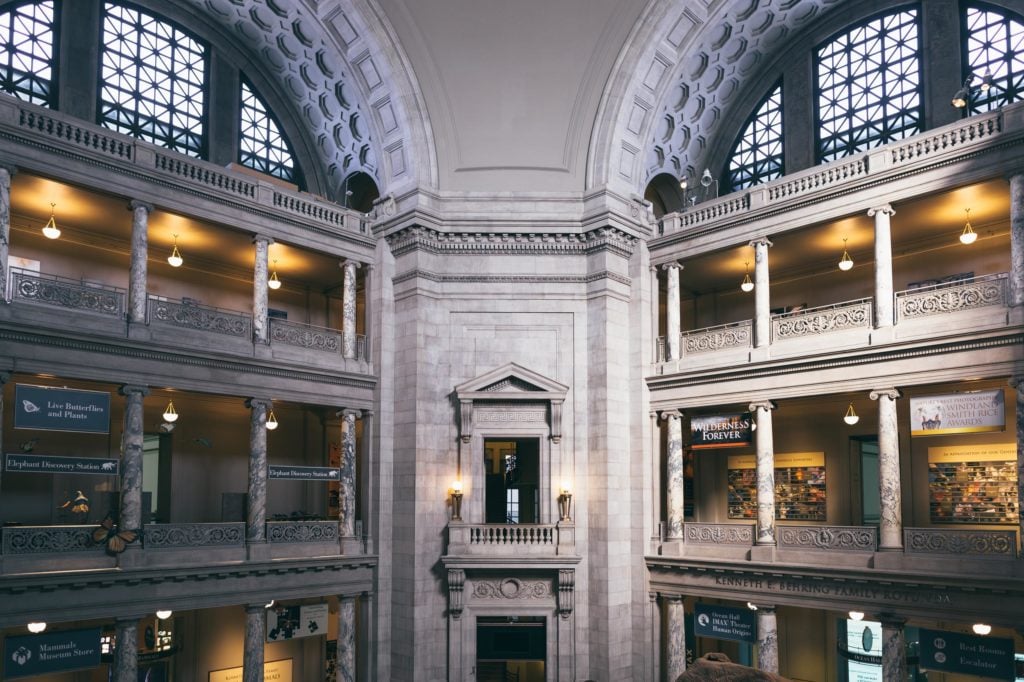
Indoor photography can be challenging due to the limited amount of available light. In this scenario, you may need to use a higher ISO setting such as 800 or 1600. This will enable you to capture more light and produce a well-lit image. However, be careful not to go too high as this may introduce noise into your image.
Low Light Photography
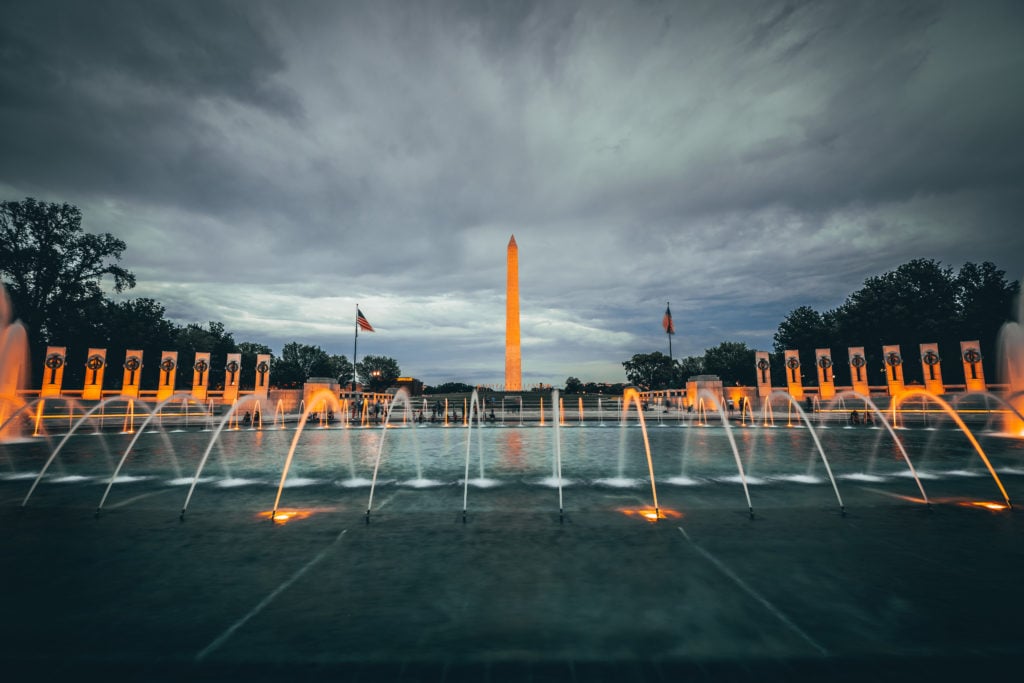
Shooting in low light can produce some stunning images but can also be a challenge. When shooting in low light, you may need to increase your ISO to ISO 1600 or higher. This will enable you to capture more light and produce a well-exposed image. However, be mindful of noise and grain that can be introduced with higher ISO settings. You can use noise reduction tools in post-processing to reduce the noise in your images but it’s ideal to get it right in camera.
Night Photography

Night photography can be exciting and rewarding, but it requires some special considerations. When shooting at night, you may need to use a high ISO such as ISO 3200 or higher. This will enable you to capture the available light and produce a well-lit image.
However, be mindful of noise and grain that can be introduced with higher ISO settings. You can use noise reduction tools in post-processing to reduce the noise in your images. Additionally, you can also use a tripod to stabilize your camera and prevent camera shake.
Managing ISO in different scenarios can be challenging, but with these tips, you can achieve the desired results. Remember to always experiment and adjust your settings to achieve the best possible outcome. Happy shooting!
Frequently Asked Questions about ISO
What Does “ISO” Stand For?
ISO stands for International Organization for Standardization, which is an organization that publishes standards for various industries. In 1974, the film speed standards ASA and DIN were combined into ISO standards. There are now standards for digital cameras (ISO 12232:2019), color negative film (ISO 5800:2001), and black-and-white negative film (ISO 6:1993). To keep things standardized, camera manufacturers use only the name ISO and specify the range of ISO sensitivities their cameras can reach.
What is ISO in photography?
ISO is a setting on a camera that controls the sensitivity of the image sensor to light. It is represented by a number, such as 100, 200, 400, 800, and so on. The higher the ISO number, the more sensitive the sensor is to light and more grain the image will produce as a result.
Why is ISO important in photography?
ISO is important because it affects the exposure of the image. A higher ISO allows you to capture images in low light conditions, but it also introduces more digital noise to the image. A lower ISO produces cleaner images, but may require a longer shutter speed or wider aperture to achieve proper exposure.
When should I use a high ISO?
You should use a high ISO when you are shooting in low light conditions and need a faster shutter speed to avoid camera shake or capture motion. A high ISO also allows you to use a smaller aperture, which can increase your depth of field.
When should I use a low ISO?
You should use a low ISO (like ISO 100) when you have plenty of light and want to capture clean, noise-free images. A low ISO is also ideal for situations where you want a longer shutter speed to create motion blur or a wider aperture to create a shallow depth of field.
What is digital noise?
Digital noise is the visual distortion that appears in photos taken with high ISO settings. It appears as grainy or speckled areas within the image. You’ll typically notice this in low light scenes.
How can I reduce digital noise in my photos?
You can reduce digital noise by using a lower ISO setting (like ISO 100), shooting in RAW format, and using noise reduction software (like Adobe Lightroom) during post-processing. Additionally, newer camera models tend to have better noise reduction capabilities built-in but I recommend disabling those features since they send to slow down photo capture.
Is there a maximum ISO I should use?
There is no specific maximum ISO, but generally, the higher the ISO, the more digital noise will be introduced into the image. It is recommended to use the lowest ISO possible to achieve the desired exposure and avoid excessive noise. Personally I would try to stay below ISO 6400 but the noise level will be heavily dependent on your camera and sensor.
Can I change the ISO while shooting?
Yes, you can change the ISO while shooting. That’s one huge benefit of digital photography over film. However, it is recommended to avoid changing the ISO frequently to maintain consistency in exposure and minimize digital noise. Additionally if you’re editing a large amount of photos it can create more work while editing if settings are all over the place.
Conclusion
ISO in photography is a critical setting that determines the sensitivity of a camera’s sensor to light. Higher ISO values allow for better performance in low light situations, while lower values are ideal for brightly lit environments.
Balancing ISO with other camera settings such as shutter speed and aperture can result in optimal exposure and image quality. By understanding how ISO works and experimenting with various settings, photographers can take full control of their images and produce stunning photos in any lighting condition.

